2013 Ford Escape at the 2011 L.A. Auto Show

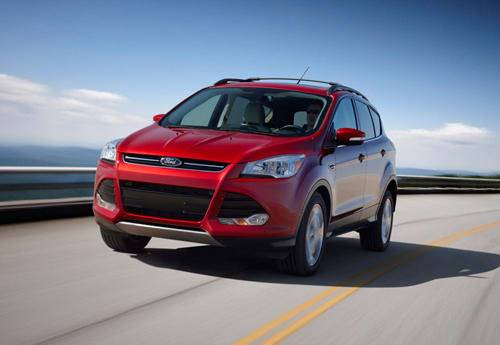
- Competes with: Chevrolet Equinox, Honda CR-V, Toyota RAV4
- Looks like: The popular compact SUV gets a long-awaited redo
- Drivetrain: 168-hp, 2.5-liter four-cylinder; 173-hp, turbocharged 1.6-liter four-cylinder; or 237-hp, turbocharged 2.0-liter four-cylinder; six-speed automatic transmission; front- or all-wheel drive
- Hits dealerships: 2012
You wouldn’t know it from the high sales figures, but the Ford Escape compact SUV hasn’t been completely redesigned since its introduction more than a decade ago. That changes with the all-new 2013 Escape. Gone is the conventional SUV design, replaced by a more stylish exterior influenced by the Vertrek concept. The Escape is otherwise improved in practically every way.
More 2011 L.A. Auto Show Coverage
The biggest news is the introduction of two optional EcoBoost turbocharged engines: a 1.6-liter and a 2.0-liter, both four-cylinders. The standard engine is an upgraded version of the existing 2.5-liter four-cylinder, without a turbocharger. Ford says the 2013 Escape will increase gas mileage by “up to” 5 mpg over the 2012 model, but it will cost you: It comes with the smaller EcoBoost option, rated at 173 horsepower. The 2.0-liter EcoBoost will take the place of a V-6, providing 237 hp. Characteristic of EcoBoost technology, the specs suggest these two engines won’t sacrifice low-speed acceleration. The torque ratings are 177 and 250 pounds-feet, respectively. The base engine is rated at 168 hp and 167 pounds-feet of torque.
All the engines team with a six-speed automatic. Although it provides sequential manual shifting by means of a rocker switch on the gear selector, this isn’t a dual-clutch transmission of the type used in the Ford Fiesta and Focus. It’s a conventional design. Driveline choices are front- or all-wheel drive.
The interior is miles ahead of the outgoing model’s. The dashboard is now soft to the touch, and the armrests and other touch points have deep padding. Ford says it has eliminated exposed fasteners in storage compartments and the like.
The Escape offers the Sync voice-activation system, which includes Bluetooth phone connectivity and integrated control of an MP3 player. Also included is MyFord Touch, which provides multiple means of controlling features. Ford says this is the latest iteration of MyFord Touch with faster reaction times and clearer labeling on the 8-inch touch-screen that’s standard on SEL and Titanium trim levels. Lower-level Escapes rely solely on a 4-inch screen between the gauges, steering-wheel-mounted buttons and voice commands.
The front seats’ head restraints now adjust fore and aft as well as up and down. Front sport seats are a new option, featuring more prominent bolsters, leather trim and contrast stitching.
The backseat has been updated to fold more easily, with one-touch collapsing head restraints and single-lever backrest release. Ford says the cargo volume is up slightly to 34.3 cubic feet behind the backseat and 68.1 cubic feet with the seat folded, compared with 31.4 and 67.2 cubic feet, respectively, in the 2012 model. Ford’s latest tech trick is an optional power liftgate that you activate by waving your foot under the rear bumper, so you don’t have to dig for keys or press a button on the liftgate when your arms are full.
The maximum tow rating is unchanged at 3,500 pounds.
Other notable tech includes an optional active park assist feature that selects a parallel parking space that’s large enough for the Escape and automatically steers into it. The option package also includes a backup camera, front and rear proximity sensors and a blind spot warning system.
Clicking on any image below will launch a larger photo gallery; you can browse through them by hitting the right and left arrow keys.

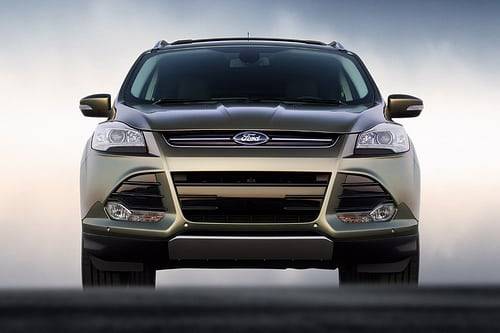
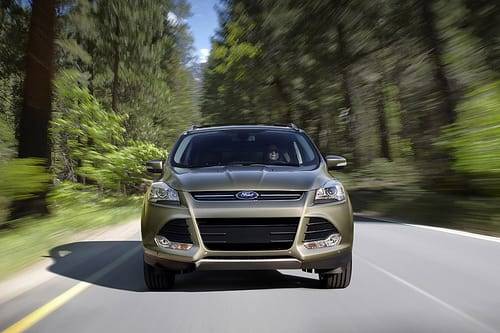

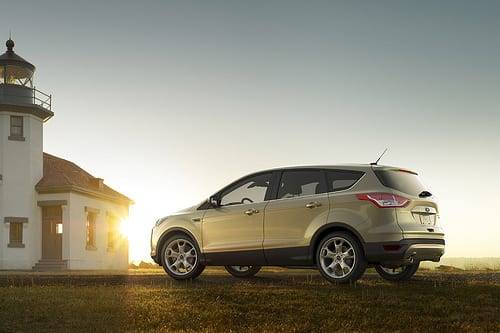
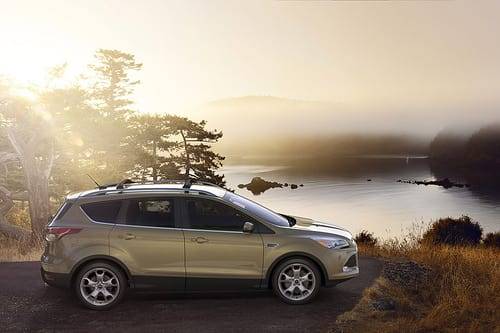
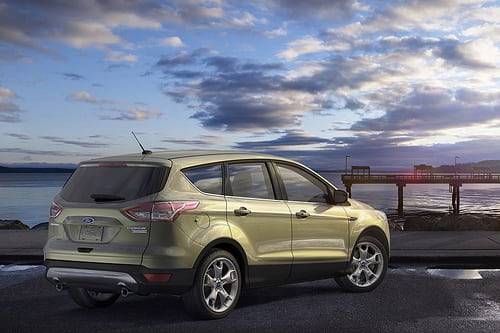
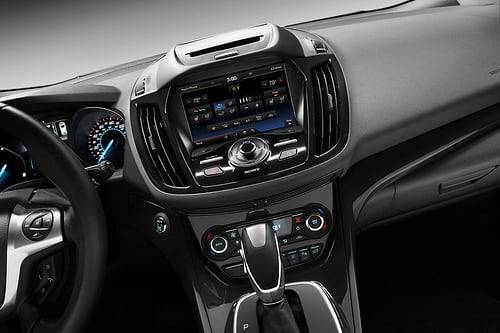
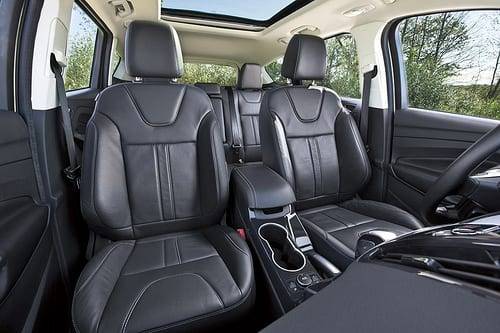
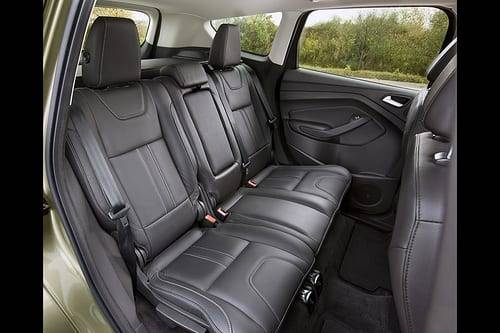
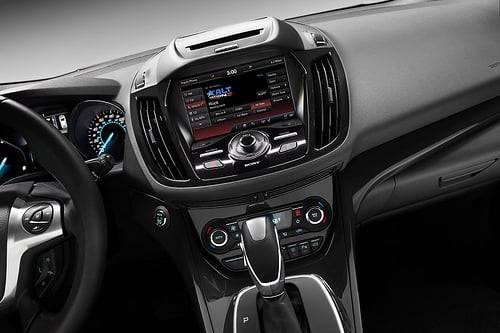
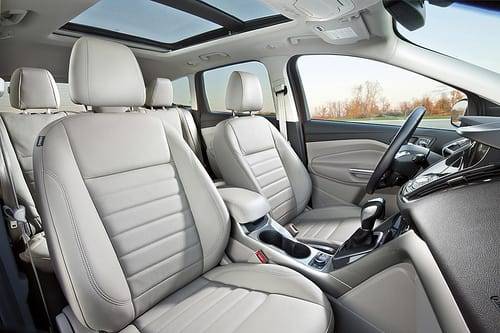
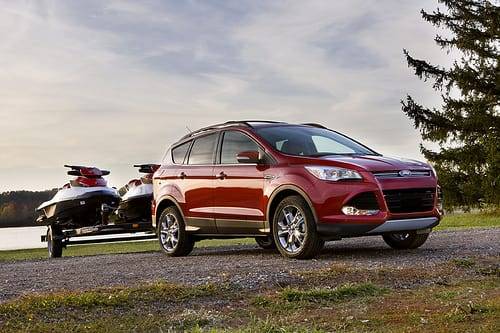
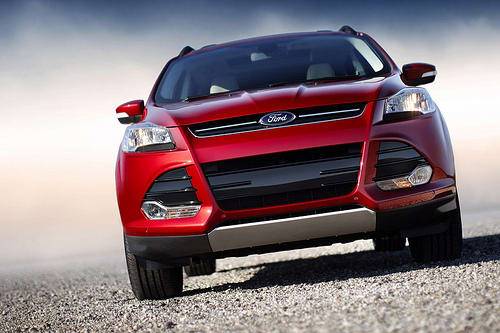

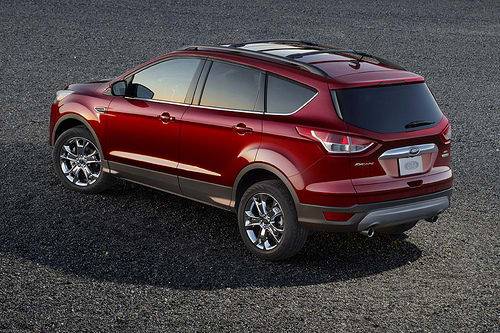
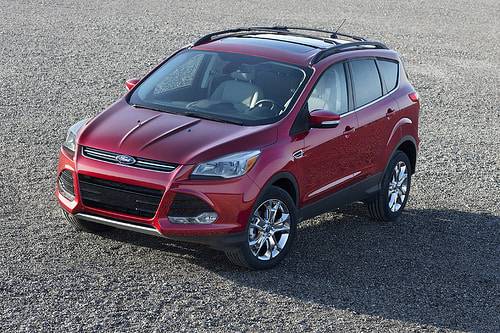
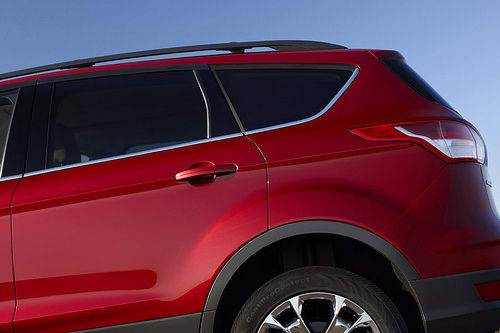

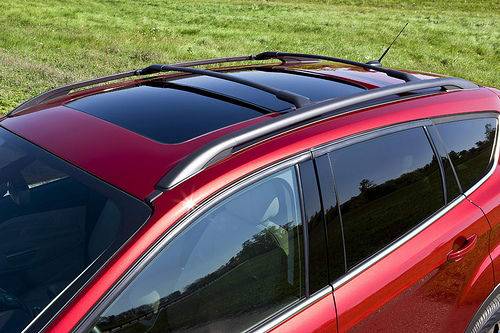
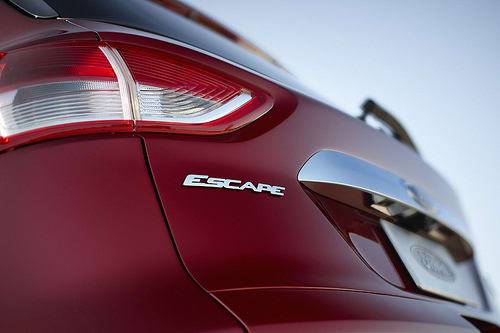
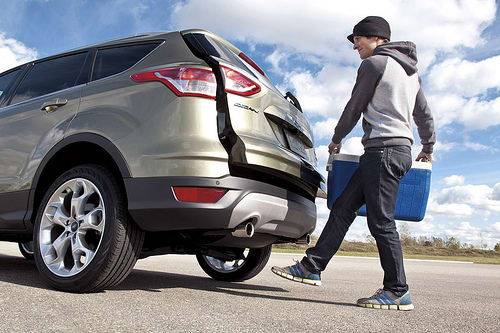
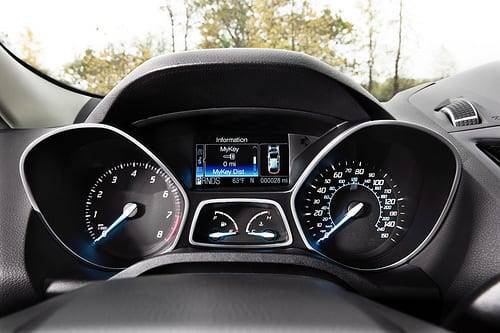

Former Executive Editor Joe Wiesenfelder, a Cars.com launch veteran, led the car evaluation effort. He owns a 1984 Mercedes 300D and a 2002 Mazda Miata SE.
Featured stories




